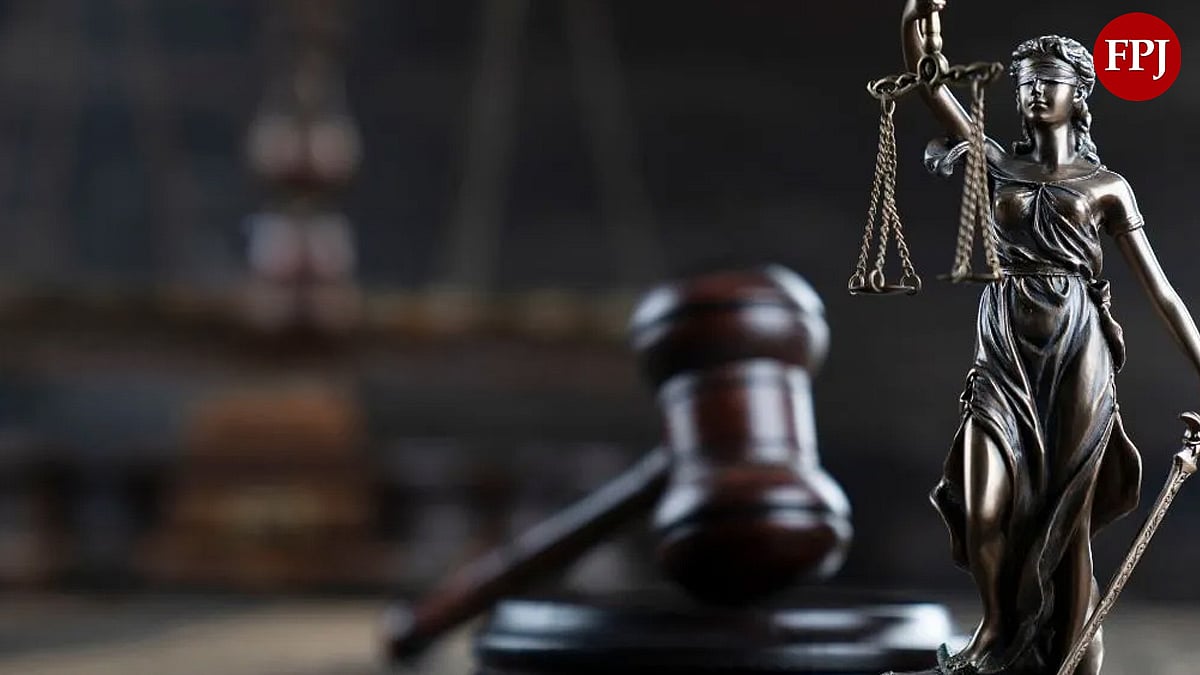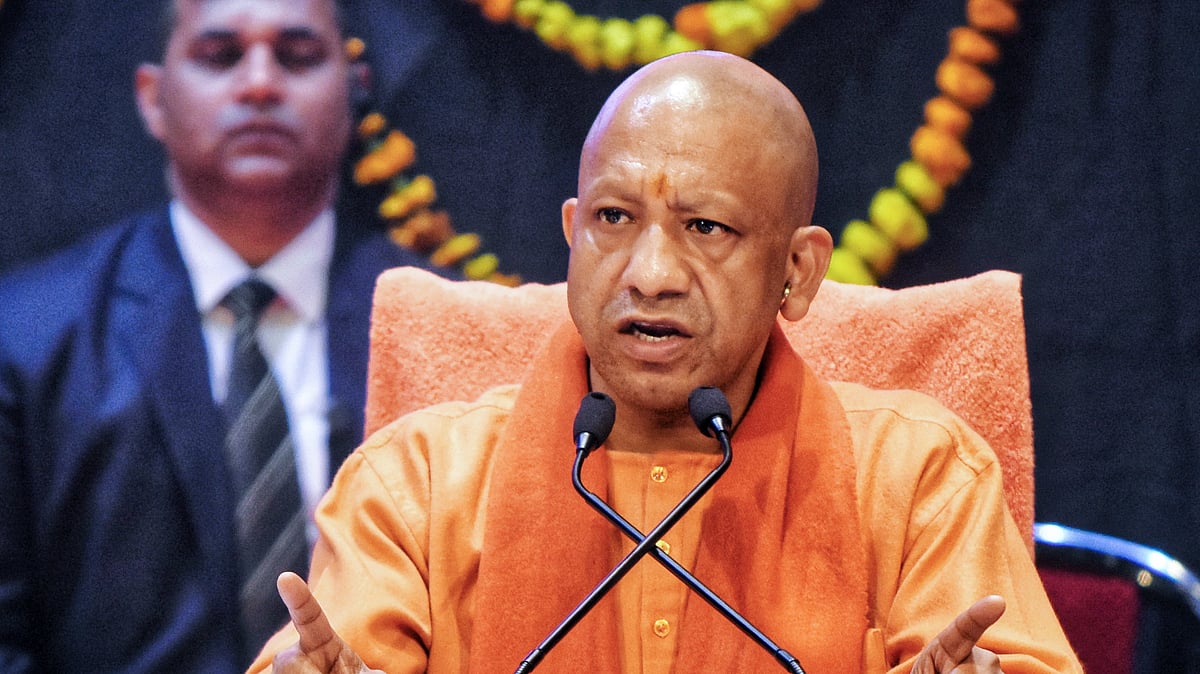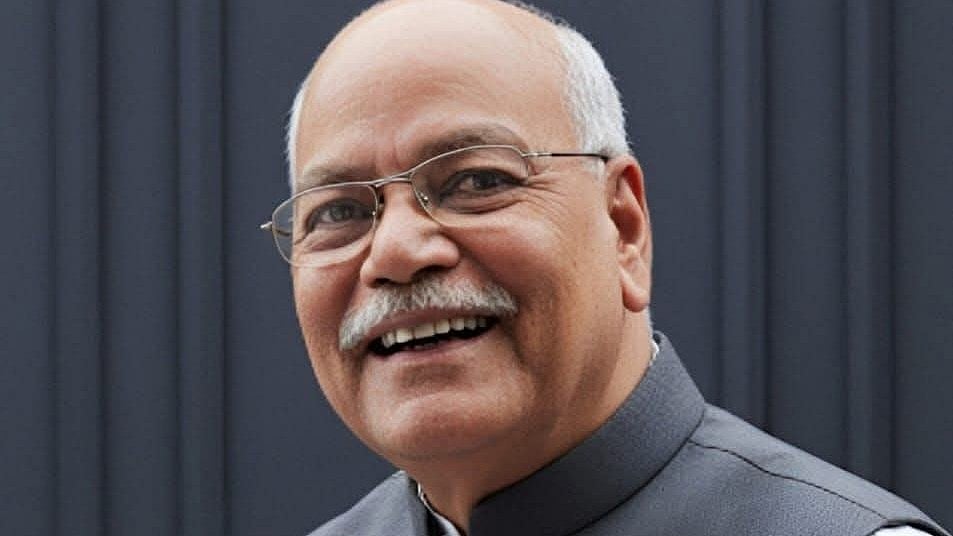Thiruvananthapuram: Kerala, the first state to be put under a near total clampdown, even before the national lockdown was declared, will also become the first state to come out of it when all but four red zone districts the north will see life return to almost normal on Monday.
The state government has secured the Centre’s approval for a different protocol in the phased withdrawal of relaxations as announced by the Modi government. Nationally, the lockdown will end only on May 3.
Kerala’s own schedule of relaxation in restrictions comes in the wake of the state achieving significant success in containing the spread of the outbreak. The state, which reported the country’s first cases of the novel coronavirus at the end of January, had topped the list for several days when it came to recording the maximum number of cases. Now, it has the lowest incidence of the disease and the highest rate of recovery.
New cases are being reported only in the four districts of Kasargod, Kannur, Malappuram and Kozhikode, which have been included into a red zone in an apparent deviation from the central government approach of classifying affected areas as hot spots. But even in these four districts, the spread of the disease has been largely brought under control.
Kasargod, where an infected man had interacted with a large number of primary contacts, had threatened to spoil the state’s clean record in containing the outbreak, but there too the situation has improved so much that it no longer accounts for the maximum number of new cases.
Under the state government’s own system, the state has been divided into a red zone, orange zone A and B, as well as a green zone. Sectoral restrictions in most districts are being relaxed in two phases beginning with Monday, when life will return to near normal, with the exception that crowded public and private events will not be allowed. Interstate and inter-district movement of people will continue to remain suspended.
The state government had initially decided to allow the plying of public transport with stringent conditions, but that move has since been dropped. Public transport will remain suspended until May 3, when the national restrictions are expected to be lifted.
In the green and orange zones, private vehicles are allowed to ply on three days each in a week, with vehicles having odd and even number plates alternating the days. Four-wheelers can carry four persons, including the driver, while on two-wheelers only one person can travel; any pillion-rider has to be a relative.
Most shops and establishments have been allowed to operate on selective days, with restrictions applied on the number of customers that can be entertained at the same time. Restaurants and food outlets are being allowed to serve food as well as provide take-aways, but subject to time restrictions.
Large gatherings, functioning of educational institutions, religious-social functions and celebrations will not be allowed. Not more than 20 people would be allowed to take part in weddings and funerals.: Kerala, the first state to be put under a near total clampdown, even before the national lockdown was declared, will also become the first state to come out of it when all but four red zone districts the north will see life return to almost normal on Monday.
The state government has secured the Centre’s approval for a different protocol in the phased withdrawal of relaxations as announced by the Modi government. Nationally, the lockdown will end only on May 3.
Kerala’s own schedule of relaxation in restrictions comes in the wake of the state achieving significant success in containing the spread of the outbreak. The state, which reported the country’s first cases of the novel coronavirus at the end of January, had topped the list for several days when it came to recording the maximum number of cases. Now, it has the lowest incidence of the disease and the highest rate of recovery.
New cases are being reported only in the four districts of Kasargod, Kannur, Malappuram and Kozhikode, which have been included into a red zone in an apparent deviation from the central government approach of classifying affected areas as hot spots. But even in these four districts, the spread of the disease has been largely brought under control.
Kasargode, where an infected man had interacted with a large number of primary contacts, had threatened to spoil the state’s clean record in containing the outbreak, but there too the situation has improved so much that it no longer accounts for the maximum number of new cases.
Under the state government’s own system, the state has been divided into a red zone, orange zone A and B, as well as a green zone. Sectoral restrictions in most districts are being relaxed in two phases beginning with Monday, when life will return to near normal, with the exception that crowded public and private events will not be allowed. Interstate and inter-district movement of people will continue to remain suspended.
The state government had initially decided to allow the plying of public transport with stringent conditions, but that move has since been dropped. Public transport will remain suspended until May 3, when the national restrictions are expected to be lifted.
In the green and orange zones, private vehicles are allowed to ply on three days each in a week, with vehicles having odd and even number plates alternating the days. Four-wheelers can carry four persons, including the driver, while on two-wheelers only one person can travel; any pillion-rider has to be a relative.
Most shops and establishments have been allowed to operate on selective days, with restrictions applied on the number of customers that can be entertained at the same time. Restaurants and food outlets are being allowed to serve food as well as provide take-aways, but subject to time restrictions.
Large gatherings, functioning of educational institutions, religious-social functions and celebrations will not be allowed. Not more than 20 people would be allowed to take part in weddings and funerals.









